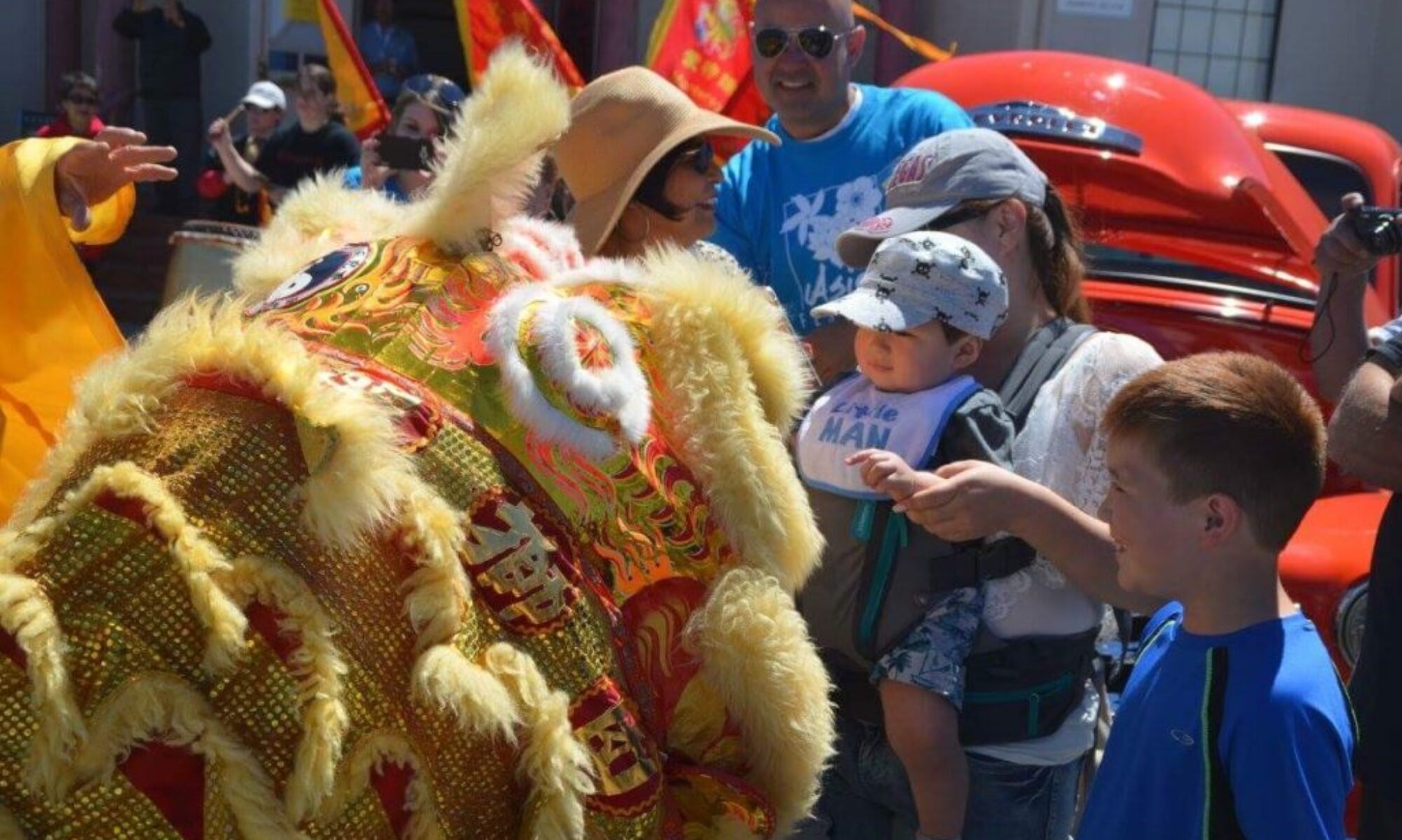As we enter planning stages for the revitalization of Chinatown–not for the first time–it may be useful to remember and think about the history of this neighborhood as well as its future. A great source is the oral history interviews of Chinatown residents, conducted by Prof. Emerita Rina Benmayor’s oral history students, and presented in the Salinas Chinatown Walking Tour website. Another useful source is Benmayor’s essay, “Contested Memories of Place: Representations of Salinas’ Chinatown,” published in the Oral History Review, 2010. Benmayor notes the range of emotions that memories of Chinatown evoke in its residents while being interviewed “for the record”; these emotions are often happy, despite an often more complex reality:
In recounting their life stories and memories of Salinas’ Chinatown, we have found that almost every person we have interviewed remarks on the vibrant multicultural character of this neighborhood, where Asian immigrants, and then later Mexicans shared space and forged a collective sense of place. Many of the interviewees went to school together, from elementary through high school. Curiously, they do not remember instances of ethnic conflict or discrimination. When asked, all talk about having friends across ethnic groups and even praise their white teachers as being good teachers and kind people, often going out of their way to give extra support to children from poor families.
Everyone who has a stake in Chinatown wants the best for the area, but we also all have different ideas and visions for the neighborhood. The concerns Benmayor raises in 2010 about the earlier effort to revitalize Chinatown can also be applied to our current challenge in 2017 and beyond:
As plans move forward to renew Chinatown and memorialize its past, questions emerge: “How shared will the renewed Chinatown be?” . . . Each community has a stake in the project, but how will the different needs and historical imaginings from each community become negotiated in both the physical reality and the historical narrative?
Read the rest of the essay HERE.
— Jean Vengua
*Image from the Wallace Ahtye Collection.













You must be logged in to post a comment.